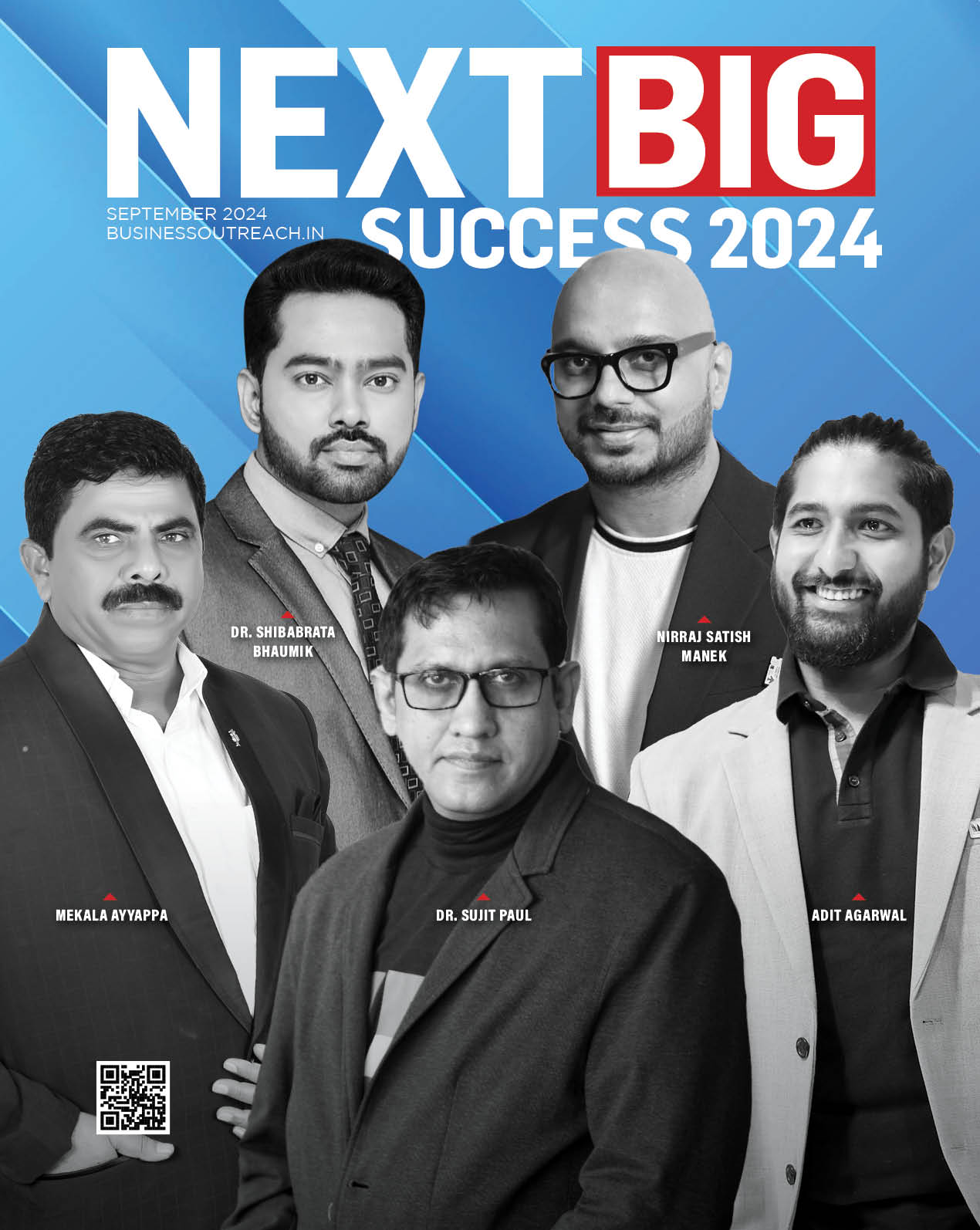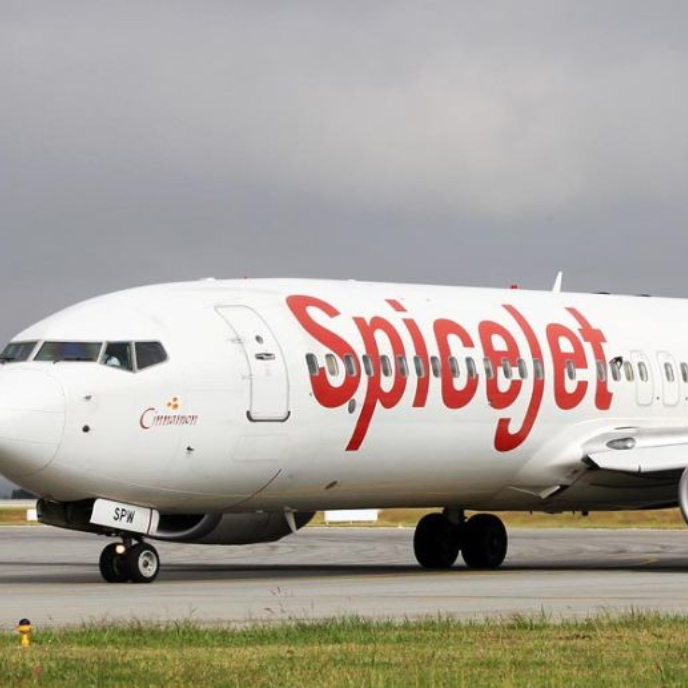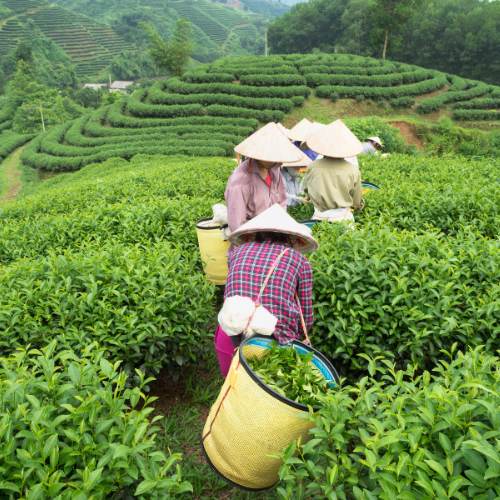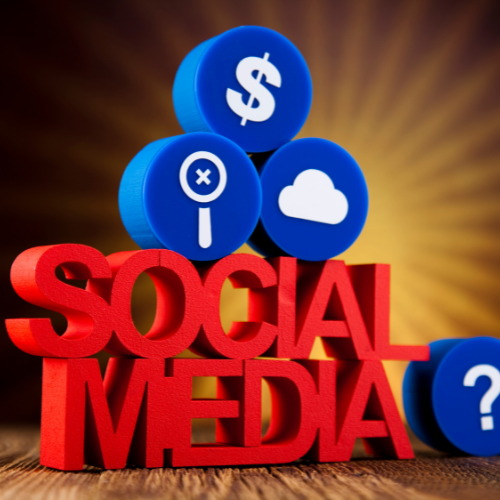Coca-Cola Success has demonstrated amazing creativity over the years, helping the business grow into one of the most successful brands in history. Coca-Cola has used clever advertising to establish itself as a global icon of American society, influencing pop culture, politics, and music which has made Coca-Cola successful.
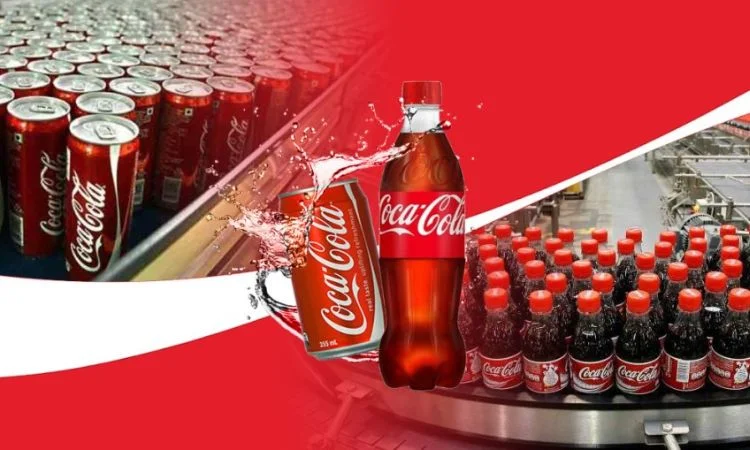
Source: LinkedIn
Important data and information regarding The Coca-Cola Company:
- Possesses 43.7% of the US market for carbonated soft drinks.
- $38.7 billion in net operating revenue.
- Existing in more than 200 nations and regions.
- It has more than 700,000 employees in addition to its bottling partners.
- With a market value of $259.77 billion as of February 2023.
- It ranked 93rd on the Fortune 500.
Who owns Coca-Cola?
Due to its public listing, Coca-Cola’s success story has a few owners. Warren Buffett is the company’s greatest shareholder, yet. Explore the past of Coca-Cola’s proprietors and much more by reading on!
The history of The Coca-Cola Company
How it all started
The Coca-Cola Company‘s history began modestly in Atlanta, Georgia, in the late 1800s. A local pharmacist named Dr. John Pemberton had created a sweet syrup mixture first touted as a headache remedy. Eventually, it was combined with carbonated water to make a bubbly beverage that was offered at Jacobs Pharmacy’s soda fountain. On May 8, 1886, Coca-Cola was offered for the first time. During the first year of business, Pemberton sold about nine drinks a day for five cents a glass
Although the current version’s ingredient list is highly classified, it is widely known that the previous version’s caffeine came from extracts of the Coca leaf and kola nuts. The term is derived from the combination of these two substances. Frank M. Robinson, Dr. Pemberton’s bookkeeper and partner, thought that writing the name with two “Cs” would look better in advertisements. He therefore wrote the logo, which still has Mr. Robinson’s distinctive handwriting on it.
Dr. Pemberton was unaware of his new product’s potential. He sold off a piece of his company to several owners and brought on multiple partners. Regretfully, Dr. Pemberton passed away only two years after Coca-Cola was invented. He sold his remaining holdings to Atlanta businessman Asa before he passed away. Candler Asa Griggs. Candler was aware that this new product had something unique about it, but he had no idea that his $2,300 investment—roughly equivalent to $67,000 in today’s dollars—would serve as the foundation for one of the world’s most powerful brands.
Birth of The Coca-Cola Company
Asa Candler formally established the Coca-Cola Company in 1892. The Coca-Cola beverage swiftly expanded outside of Georgia and throughout the country. Coca-Cola was available for purchase in every state in the nation by 1895. The business was sold to Ernest Woodruff in 1919. For many years, Woodruff’s sons would lead the business, turning it into a significant global brand. 1919 saw the Coca-Cola Company formally listed under the KO symbol on the New York Stock Exchange.
International expansion of The Coca-Cola Company
In 1899, Coca-Cola Success Story’s first export was to Cuba. The brand’s international expansion didn’t take off until the 1920s. To give American service members stationed throughout the world the comforts of home during World War II, Robert Woodruff, the president of Coca-Cola, promised to pay for the company’s transportation of Coca-Cola to all of the bases in the European and Pacific theaters. Demand grew internationally after the Coca-Cola product was introduced. Due to the global demand for a taste of American culture, Coca-Cola started forming alliances with distributors and bottling companies across the globe. At the moment, the company is active in over 200 nations and territories.
Early competition of Coca-Cola
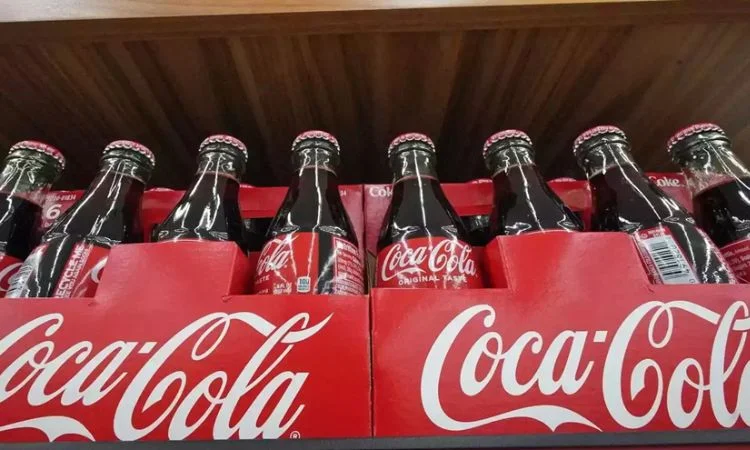
Source: The Economic Times
Early on, Coca-Cola faced fierce competition. The most busy era for the creation of new soft drinks was the late 1800s and early 1900s. A few of these businesses were acquired by bigger businesses or went out of business. Still holding a relatively modest portion of the market, many of these brands are mainly novelty brands today.
Throughout its history, Pepsi and Dr. Pepper have been Coca-Cola’s two most notable rivals. Dr. Pepper was established in 1885, and Pepsi in 1898, at the same time as Coca-Cola. These three behemoths gradually acquired a large number of the smaller beverage companies. Vernor’s Ginger Ale, Hires Root Beer, and Royal Crown are a few examples.
Atlanta, Georgian pharmacist Dr. John Pemberton invented the Coca-Cola beverage in 1886. In 1892, The Coca-Cola Company and Asa Griggs Candler bought the recipe. The brand spread fast across the country and gained popularity. Early in the 20th century, Coca-Cola started to quickly spread over the world.
The Coca-Cola system- a global franchise distribution network
The Coca-Cola System, a unique franchise distribution model that the company has been using since 1889, is largely responsible for the Coca-Cola Company’s explosive global growth. Coca-Cola manufactures syrup concentrate, which is subsequently distributed to several global bottlers. This removes the corporation from the burden of needing to protect its top-secret recipe.
2 billion servings of Coca-Cola are produced daily by the more than 900 bottling facilities that make up the Coca-Cola System. Each of the bottlers has contracts that restrict their operations to a specific area. As a result, there is less need for rivalry between businesses selling identical goods.
These distributors take care of every step of the manufacturing and distribution process, which includes combining the syrup with carbonated water and sweeteners, bottling or canning the final product, and delivering Coca-Cola to grocery stores, gas stations, theaters, and vending machines. While Coca-Cola is the primary syrup manufacturer, the franchise businesses manage the soda fountain industry inside their territories.
The North American market, where The Coca-Cola Company directly owns the majority of the bottling and distribution, is the one exception to this arrangement. Coca-Cola has persisted in promoting the merging of its several bottling companies outside of the US. Coca-Cola has accumulated ownership stakes in numerous companies under the Coca-Cola System over time.
Top 5 independent bottling companies, accounting for 40% of the distribution network of the Coca-Cola System:
- Coke FEMSA (South America)
- Coca-Cola Europacific Partners, plc has operations in Indonesia, Western Europe, Australia, and the Pacific.
- Coca-Cola HBC AG in the European Union
- North America and Latin America make up the Arca Continental.
- Swire Beverages (in North America and Asia.
Evolution of the Coca-Cola product
Since the beginning, the Coca-Cola recipe has experienced a few modifications. A few of these modifications were necessitated. A few were to increase market share or cut expenses. Although the brand doesn’t often alter, some of the alterations have gone over better than others.
Removal of cocaine
There were a lot of cocoa-based beverages on the market in the late 1800s. Drugs like cocaine and opium were widely utilized for medical purposes at the time and were completely legal. Because Coca-Cola is made from leaves, there was a trace amount of cocaine present in the beverage.
As the general public gradually learned about these drugs’ addictive qualities, Coca-Cola faced pressure to take this drug out of its ingredient list. The Coca-Cola Company took action to phase out cocaine sources from its production over time, eventually doing away with it in 1929.
New Coke
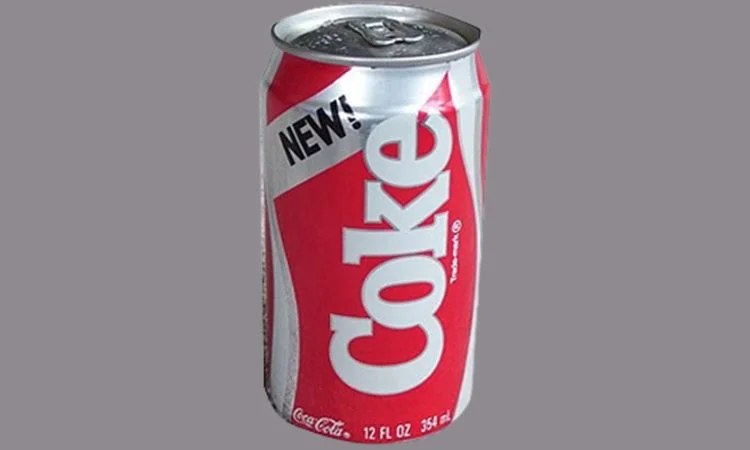
Source: Videos Index on Time.com
The Coca-Cola Company stunned the globe by taking a tremendous investment on April 23, 1985. They declared that the recipe for their well-known soft drink would be altered. Even with its enormous success, the business was falling behind Pepsi, one of its primary rivals. The prosperity of Pepsi extended outside of the US. They were moving fast into markets that were previously unaccountable. Pepsi was the first Western product allowed in the Soviet Union during the height of the Cold War.
Coca-Cola Zero Sugar
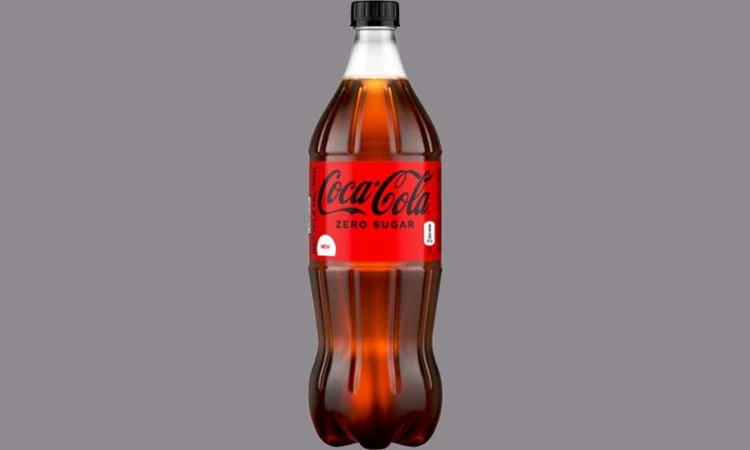
Source: No Frills
Coca-Cola has promised not to alter the formula or the packaging for its well-known zero-sugar variant, Coca-Cola Zero Sugar, but it will revise the recipe for its original product. The business has exercised caution when promoting the new formulation aims to avoid a repercussion similar to the New Coke tragedy of 1985. The new version, according to Coca-Cola, will be an “optimization of flavors and existing ingredients” rather than a significant makeover. The launch is anticipated to occur in August 2021 in the US market.
Sweetener changed to high fructose corn syrup
The primary sweetener in the original Coca-Cola formula was cane sugar. Corn production in the United States increased dramatically in the 1970s. As a result, corn prices had to drastically decline. Additionally, the US government provided corn with significant subsidies. This reduced the cost of sweeteners like high fructose corn syrup.
Throughout the 1980s, Coca-Cola gradually began replacing high fructose corn syrup with cane sugar to cut costs. The changeover happened over about five years.
In some parts of the world, Coca-Cola is still made with cane sugar nowadays. The most well-known example is Mexican-made Coca-Cola. Coca-Cola is still manufactured with cane sugar in this version.
Recipe and flavor variations
In addition to the original Coca-Cola flavor, The Coca-Cola Company has added different flavors over the years, even though different Coke was a complete failure in 1985.
Because Coca-Cola Classic has a lot of sugar and caffeine, some consumers shunned it. In response to consumer concerns about consuming excessive amounts of sugar, the firm introduced a diet version of its product in 1982. A year later, a version without caffeine was also released.
| Year | 2010 | 2022 |
| Revenue | $24.0 B | $38.7 B |
| Stock price (2023) | $24.13 | $59.73 |
| Employment count | 71,000 | 7,00,000 |
| Global Market Share | 45% | 48.6% |
Coca-Cola Growth Strategy
To encourage further growth, the organization has listed several important goals that it intends to carry out in the upcoming years. The purpose of this strategic plan is to direct the organization in realigning its priorities and acting with greater purpose.
Focus on developing markets
Coca-Cola has determined that the developing world offers enormous development potential. In the affluent world, 70% of all beverages consumed are commercialized, whereas in the underdeveloped world, just 30% are. Growth is anticipated to be exponentially larger given that 80 percent of the world’s population lives in developing nations.
Not always is bigger better. The Coca-Cola Company is starting to realize that its focus could be overly dispersed among several distinct brands. Rebalancing their product line and grouping items under fewer master brands is their aim. This amount has already been lowered from roughly 400 to 200. They can better concentrate their efforts if they have fewer master brands.
Brand portfolio optimization
Large corporation operations are not without difficulties. There can frequently be inefficiencies and duplicate efforts. Coca-Cola intends to resolve this by rearranging its operating and support teams to operate more efficiently and offer greater support.
Networked organization
The business intends to allocate resources in a targeted manner to provide top-notch marketing. The idea is to allocate funds for marketing and advertising in a more deliberate manner.
Brand building
Coca-Cola wants more people, whether new or old, to drink their drinks more frequently. To do this, the business has set goals to dramatically boost innovation by putting more pilot projects and products into development. By 2020, the objective is to raise this by 40%.
Digital transformation
Coca-Cola is aware of the value of data as a tool. They are currently going through a digital transformation to improve the efficiency of the business and use data to drive decision-making.
Revenue growth management
With the availability of this fresh data and digital technologies, the organization may refocus on the areas with the greatest growth potential. They will concentrate on figuring out which customers, product lines, markets, and rivals need to be targeted.
Large contributions to advertising
Asa Griggs Candler invested a large sum of money in advertising from the beginning. His initial advertising budget was $11,000, or more than $300,000 in modern currency. The funding quadrupled to $100,000 by 1900 and then to $1 million by 1910.
Focus on the brand and human connection
Coca-Cola’s brand presentation accounts for a large portion of its advertising success. They place more emphasis on the experience and friendship of assimilating the brand into one’s identity than they do on the actual goods. Their commercials aim to instill a sense of self-worth in viewers.
An essential component of the brand message is human connection. The 1971 “Hilltop” commercial, which included singers from many countries singing “I’d like to buy the world a Coke,” is a prime example of this. This demonstrated how the Coca-Cola brand was meant to bring people together globally.
Conclusion
One of the most influential and recognizable brands in the world is one that The Coca-Cola SCompany has developed. Through movies, TV shows, and music, they have become ingrained as an iconic part of American society over time. A sizeable amount of the business’s yearly revenue is allocated to advertising, which includes social media posts, television ads, and other forms of advertising.
